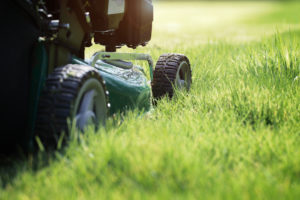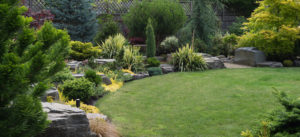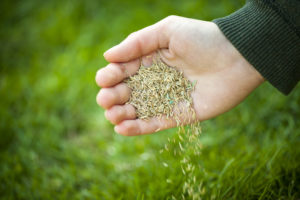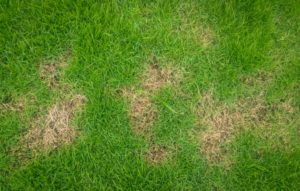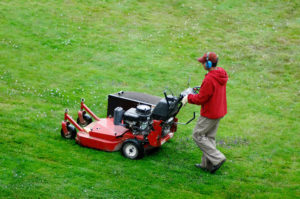Springtime in Wisconsin tends to bring pretty inconsistent weather, and it’s important that we continue to prepare and protect our lawns for those unforeseen snowfalls. Snow and ice can be dangerous to you and your landscape. Knowing how to manage their effects can help your landscape stay beautiful during the snow removal season. Here are some tips for protecting your lawn before a hard snowfall hits.
Do the following before a heavy snowfall:
Inspect Your Trees
When in doubt an arborist can help you determine if your tree is healthy. An arborist can determine whether your trees or branches have insect damage or are experiencing dieback. Dieback occurs when the branch begins to die from the tip to the base. Remove dead or diseased branches before the next winter storm to stop the spread of dieback.
Prune Your Trees
Winter is usually a good time to prune deciduous trees. This is because the leaves are gone, making the inspection of branches and tree structures much easier. Check for branches that will catch heavy loads of snow. This could result in the collapse or damage of your tree. You should refrain from pruning trees when the ground is frozen, as it will cause the tree to lose a lot of water and moisture.
Hydrate Your Plants
Even in the winter, evergreen plants can lose moisture through their leaves, so they need plenty of water. When plants are well-hydrated, they are more likely to survive a hard freeze. You can water your trees manually (a five-gallon bucket should be sufficient). You can also look for an anti-transpirant to guard your plants against moisture loss and protect your winter lawn from snow and ice. Simply spray it on the top and bottom of the leaves to create a wax-like protective layer.
Protect Your Plants
Cold winter winds can take the moisture out of your leaves. Before a hard freeze, consider wrapping your plants in burlap. The woven material allows air to pass in and out and eliminates the risk of creating a heat moisture trap. Once the cold spell is over, remove the burlap to prevent your plants from overheating.
Do the following after a heavy snowfall:
Don’t Shake Branches
This can be an additional risk to your plants and branches. Wait until everything has melted before assessing the damage caused by the snowfall.
Remove Branches When Appropriate
Remove any damaged wood when the snow and ice have melted. Make a clean cut on a broken branch or limb to prevent insects from inhabiting in your trees and plants.
Practice Caution with Your Equipment
When shoveling your driveway or walkway, be sure you don’t place snow on any plants or shrubs as it will only will damage them further. Exercise caution when using a chainsaw or snow blower in wintery conditions.
Protecting your winter lawn is easy when you consider these tips. The professionals at Central Services can help with all your lawn and landscaping needs.
